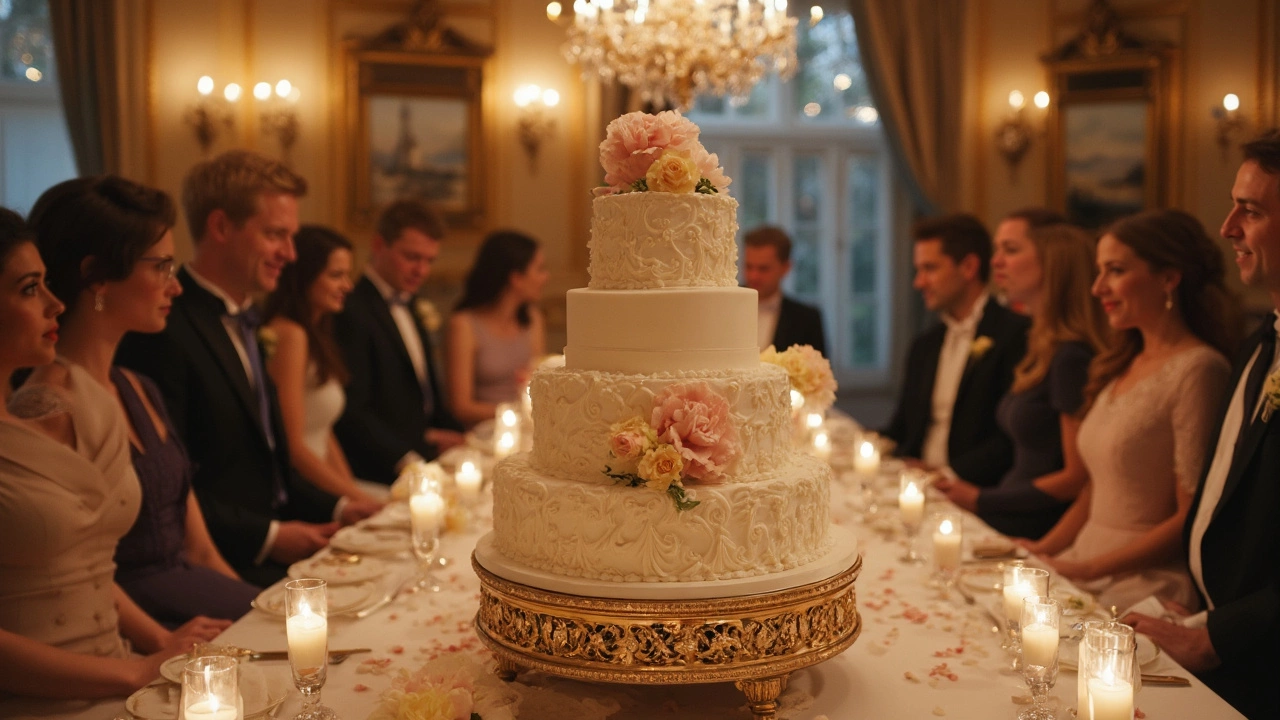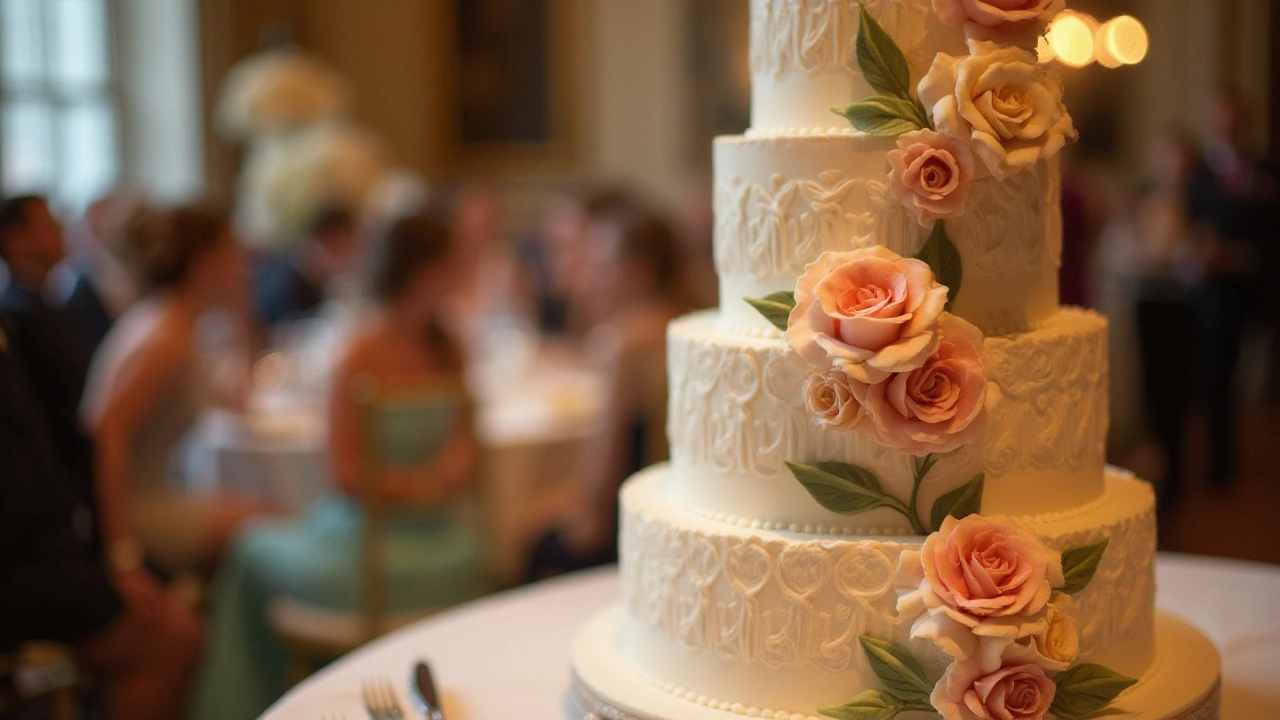Buttercream Basics for Your Wedding Cake
If you’re planning a wedding cake, buttercream is a go‑to frosting for a reason. It’s sweet, smooth, and easy to flavor. Plus, it holds decorations well, whether you’re layering fresh flowers or piping delicate roses. Below you’ll find quick tips on picking the right buttercream, keeping it fresh, and decorating without stress.
Choosing the Right Buttercream Flavor
Start with a flavor that matches your cake. Classic vanilla works with almost any tier, but you can dress it up with chocolate, lemon, or coffee. If you want something seasonal, try raspberry for summer or spiced pumpkin for an autumn wedding. Mix in a little jam or espresso for depth, but remember to taste as you go. Too much liquid can make the buttercream runny, so add liquids a tablespoon at a time.
Keeping Buttercream Smooth and Stable
Stability is key, especially if the venue is warm. Use unsalted butter at room temperature and beat it until light and fluffy—about 5 minutes with a stand mixer. Adding a pinch of cream of tartar or a tablespoon of powdered sugar helps it hold shape. For extra stability, melt a small amount of chocolate and blend it in; the cocoa solidifies as it cools, giving the frosting a firmer texture.
When you transport the cake, keep it cool. A cooler with ice packs works, but wrap the cake in a clean sheet and place it in a sturdy box. If the day’s temperature is above 75°F (24°C), set the cake in a refrigerated space for 15 minutes before serving. This short chill locks the buttercream in place without freezing the cake.
DIY Buttercream Decorating Tips
Even if you’re not a pro, you can create beautiful buttercream designs. Start with a smooth base coat—use an offset spatula to spread a thin “crumb coat” and chill for 10 minutes. Then add the final layer and smooth it with a bench scraper for a flawless finish. For piped details, a medium‑size star tip works for roses, while a small round tip is perfect for dots or borders.
If you love a rustic look, try a “naked” style: apply a thin buttercream layer and let the cake layers peek through. Add a few fresh berries or edible flowers on top for a pop of color. For a modern twist, use a contrasting buttercream color on the sides and a neutral shade on the top.
Common Mistakes to Avoid
Don’t over‑mix once the butter is incorporated; too much air can cause the frosting to crack. Also, avoid using butter straight from the fridge—it won’t blend well and will leave lumps. When coloring buttercream, add gel or paste colors a little at a time. Too much liquid from liquid food coloring can make the frosting too soft.
Finally, taste test! Your guests will notice if the buttercream is too sweet or bland. Adjust with a pinch of salt, a splash of vanilla extract, or a bit more powdered sugar to hit the perfect balance.
With these simple steps, you can trust your buttercream to look as good as it tastes on your wedding day. Happy frosting!
Wedding Cake Icing: A Sweet Decision
Choosing the right icing for a wedding cake is more than just a matter of taste—it's a chance to elevate the design and make a statement. From buttercream's creamy texture to fondant's sleek finish, different types of icing can significantly change the cake's appearance and flavor. Knowing the variety available helps couples make the best choice for their special day. This article explores the main types of icings used on wedding cakes and their unique characteristics.
View MoreDecoding Wedding Cake Icing Types
When planning a wedding, one crucial choice lies in selecting the right icing for the cake. Different types of icing not only offer diverse aesthetics but also vary in flavor and texture. Some of the most popular icings include fondant, buttercream, and ganache. It is essential to understand each type's characteristics to ensure the cake suits the wedding theme and taste preferences. Learn about the unique features and recommendations for different icing types to help you choose the perfect finish for your special day.
View More
